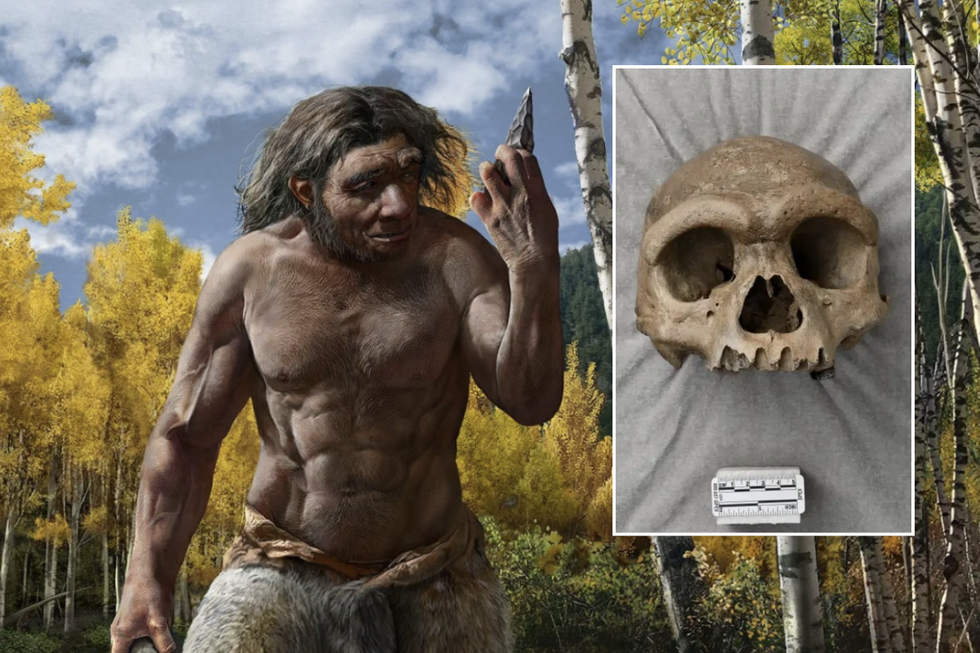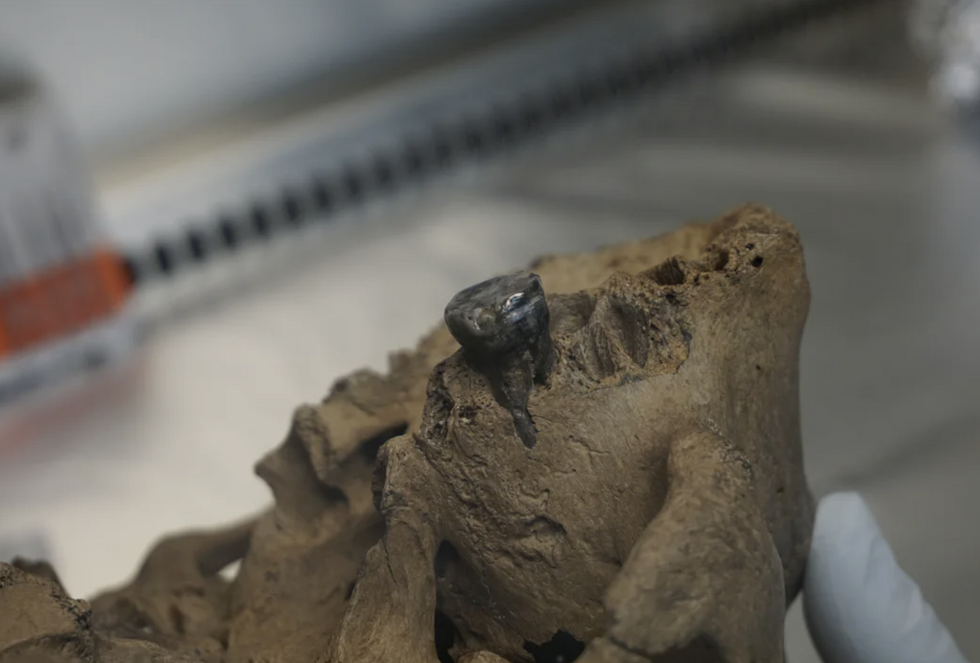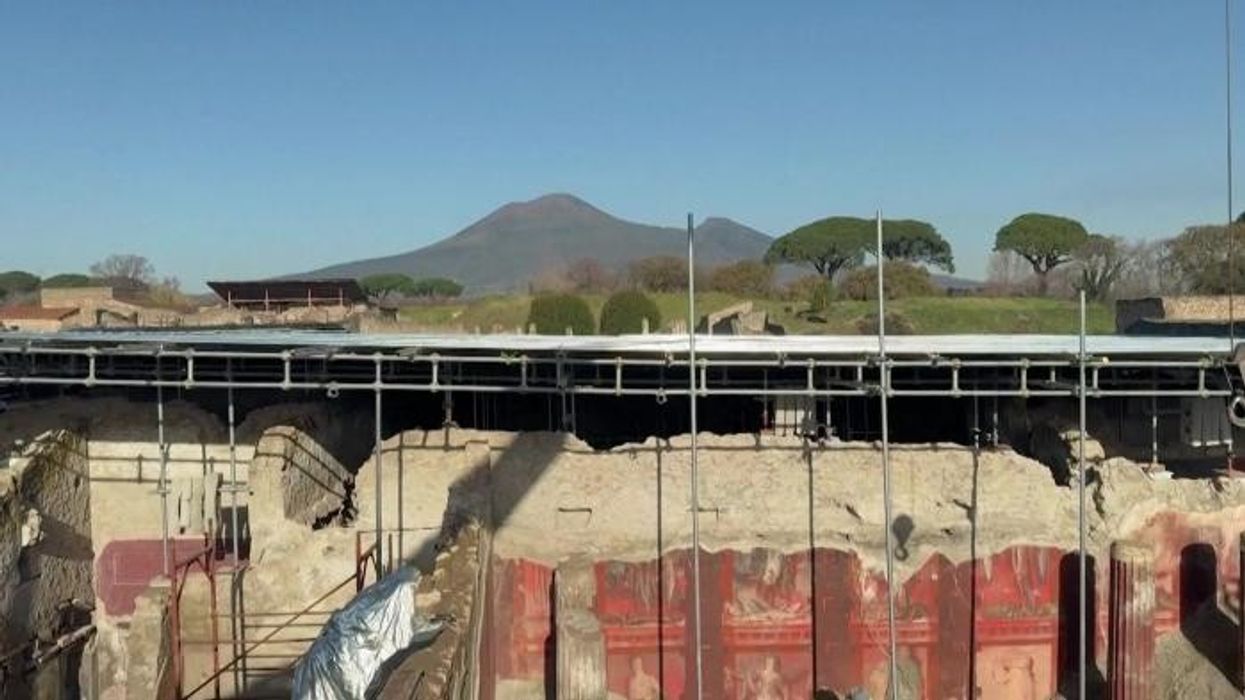Archaeology breakthrough as 146,000-year-old skull of lost human species discovered in China

The Denisovans, an extinct sister lineage to Homo sapiens, were first identified in 2010
Don't Miss
Most Read
Latest
Scientists have identified a 146,000-year-old skull discovered in China as belonging to a mysterious extinct human species.
It is the first time a complete Denisovan skull has been found and confirmed.
The fossil, nicknamed "Dragon Man", has finally revealed its true identity through groundbreaking DNA analysis, solving a mystery that has puzzled researchers since the skull's recovery in 2018.
Qiaomei Fu, a researcher who was part of the 2010 Denisovan discovery team and led the new study, told CNN: "I really feel that we have cleared up some of the mystery surrounding this population...After 15 years, we know the first Denisovan skull."

The mystery of the Denisovan skull has been solved
|CHUANG ZHAO/PA MEDIA
Scientists initially dubbed the fossil "Homo longi" or "Dragon Man" after the Heilongjiang province where it was found, which translates to "Black Dragon River".
Researchers knew the skull didn't belong to either Homo sapiens or Neanderthals but couldn't determine which ancient human species it represented.
The mystery was solved when Dr Qiaomei Fu of the Chinese Academy of Sciences and her team managed to extract proteins from plaque that had built up on Dragon Man's teeth.
When the genetic material was analysed, it matched DNA samples taken from known Denisovan fossils.
The findings, published in two papers in Cell and Science, also revealed protein fragments that further confirmed the skull's Denisovan identity.
LATEST DEVELOPMENTS
- Archaeology breakthrough as huge Roman 'puzzle' reveals ancient 2,000-year-old wall paintings
- Archaeology breakthrough as Viking age burial site discovered with 'spectacular' ancient objects
- Archaeology breakthrough unearth rare ice age artefacts as remarkable migration habits of early humans revealed

Part of the tooth found in the skull
|INSTITUTE OF VERTEBRATE PALEONTOLOGY AND PALEOANTHROPOLOGY OF THE CHINESE ACADEMY OF SCIENCES
Dr Bence Viola, a paleoanthropologist at the University of Toronto who was not involved in the study, told MailOnline: "This is very exciting. Since their discovery in 2010, we knew that there is this other group of humans out there that our ancestors interacted with, but we had no idea how they looked except for some of their teeth,"
The Dragon Man skull reveals striking physical features that provide the first clear picture of Denisovan appearance.
The fossil displays large eye sockets, heavy brow ridges, and an exceptionally thick cranium with a brain approximately seven per cent larger than modern humans.
Reconstructions based on the skull show a robust individual with flat cheeks, a wide mouth, and a large nose. The skull's massive proportions suggest Denisovans were considerably larger than modern humans.
"It emphasises what we assumed from the teeth, that these are very large and robust people," Dr Viola explained.
"Harbin [the Dragon Man skull] is one of, if not the largest human cranium we have anywhere in the fossil record."
The discovery confirms that Denisovans, who emerged around 217,000 years ago, interbred with early Homo sapiens, leaving genetic traces in modern populations, particularly among indigenous Australians and Papuans.











